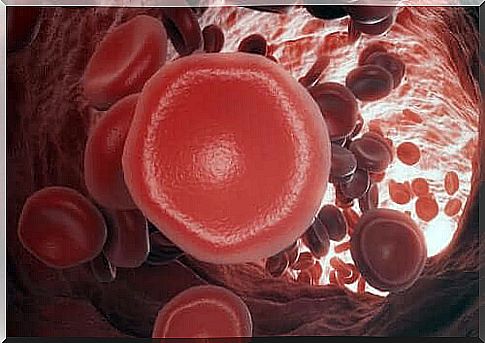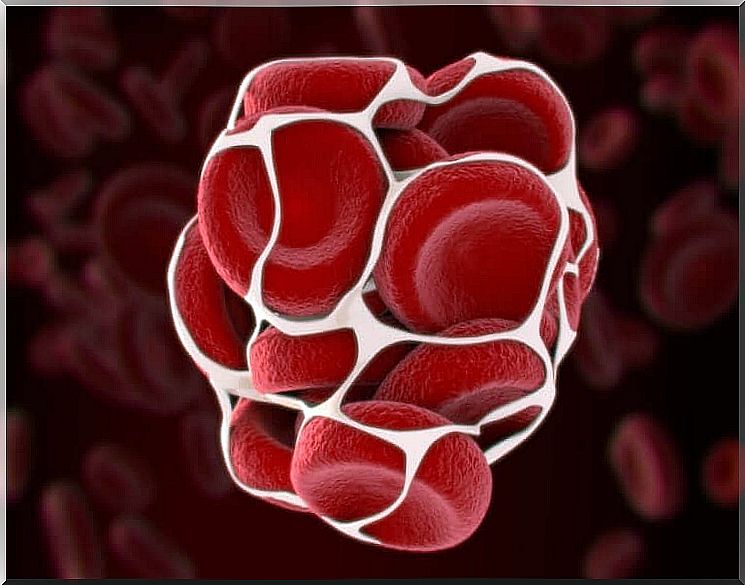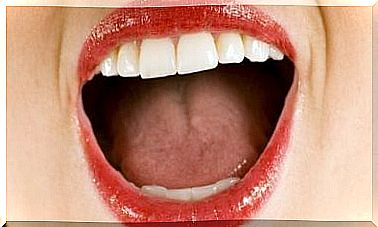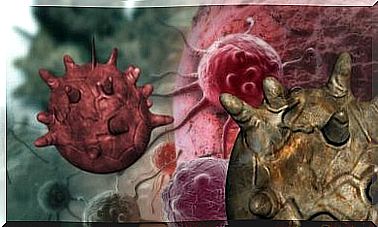How Does Blood Coagulation Work?
A blood clotting disorder is dangerous because bleeding after an injury cannot be stopped quickly enough to prevent blood loss. Today you can find out more about the functions and process of blood clotting.

As blood clotting that process is known, which makes it possible to have liquid blood to clot and close with the help of blood clots bleeding wounds. A blood clot is a mass of blood that forms when platelets, blood cells, and certain proteins stick together. This solidifies the liquid blood.
However, it is important to differentiate between different types of blood clots: A thrombus is a blood clot in a blood vessel or in the heart. A thrombus can become stuck or loosen in one place in the blood vessel and block another place. The blood clot is then also known as an embolus. An extravascular blood clot is called a clot.
The blood clotting is a vital process that must be demonstrated in all mammals. So today we explain everything you should know about this topic.
How does blood clotting work?
Before we go into more detail about blood clotting, let’s look at the physiology of blood in detail. The normal state of the blood is fluid so that it can circulate freely in the blood vessels. In a healthy state, these do not contain any deposits or substances that could form a blood clot. This means that the coagulation and anticoagulation processes are in a balanced state.
A wide variety of proteins play an essential role in these processes. These are necessary to balance the system, which is also known as hemostasis.
When blood vessels are damaged or injured, a chain reaction is triggered that activates various proteins that form a blood clot. In technical terms, this reaction is known as the coagulation cascade.
Over ten different proteins, which are known as coagulation factors, are involved in the complex mechanism of the coagulation cascade. These are in the blood plasma.
The mechanism of blood clotting

In a nutshell, the blood coagulation mechanism works as follows:
- When an injury to a blood vessel occurs, bleeding or hemorrhage occurs. This describes the leakage of blood from the bloodstream, regardless of how much blood the person concerned loses.
- As a result, the blood vessels contract. In doing so, the organism tries to limit the flow of blood in order to avoid major blood loss.
- In addition, the blood platelets (thrombocytes) become active. These are found in the blood and clump together at the site of the vascular leak to prevent blood from leaking out. This is where the Von Willebrand factor comes into play, which is essential for blood clotting.
- After that, the remaining factors activate the production of fibrin. This is the activated “glue” of the plasmatic blood coagulation, which makes it possible to form a stable network to stabilize the platelets and red blood cells at the site of the injury and to prevent blood from leaking.
As soon as the wound heals, the blood clot will dissolve again. This re-establishes the original equilibrium and the blood vessel regains its initial state.
What diseases are associated with a blood clotting disorder?
As mentioned at the beginning, blood clotting is vital. When one of the elements in this mechanism does not work properly, various diseases can arise. We will then give a few examples.
Von Willebrand Disease

The most common clotting factor-related disorder is known as Von Willebrand’s disease. Affected patients have a problem with the coagulation factor of the same name, which – as already explained – is fundamental so that the blood platelets can clump together and achieve hemostasis.
It is estimated that one percent of the population suffers from this disease. However, symptoms are often minor and therefore the disorder is rarely diagnosed. Some of the signs of Von Willebrand disease are:
- Nosebleeds that cannot be stopped for a long time
- Excessive menstrual bleeding
- Profuse bleeding from injury, or blood in your urine or stool
Impaired blood clotting due to haemophilia
This bleeding disorder affects people who do not have factor VIII or IX. They often bleed for a long time after an injury because their blood does not have the ability to clot normally.
It is a hereditary disease that can be very serious. If internal bleeding occurs, the injuries to the organs and tissues can endanger the life of the person concerned.
One also speaks of hemophilia or illness of kings, since in the 19th century many members of royal families became ill with it through inbreeding. Well-known examples are the British royal family and the son of the last Russian tsar. Numerous studies have focused on exploring the genetic origins of this disease.
Final remark
Blood clotting is a very complex mechanism that is vital. It is therefore important to research this process in order to be able to treat people with bleeding disorders accordingly.









